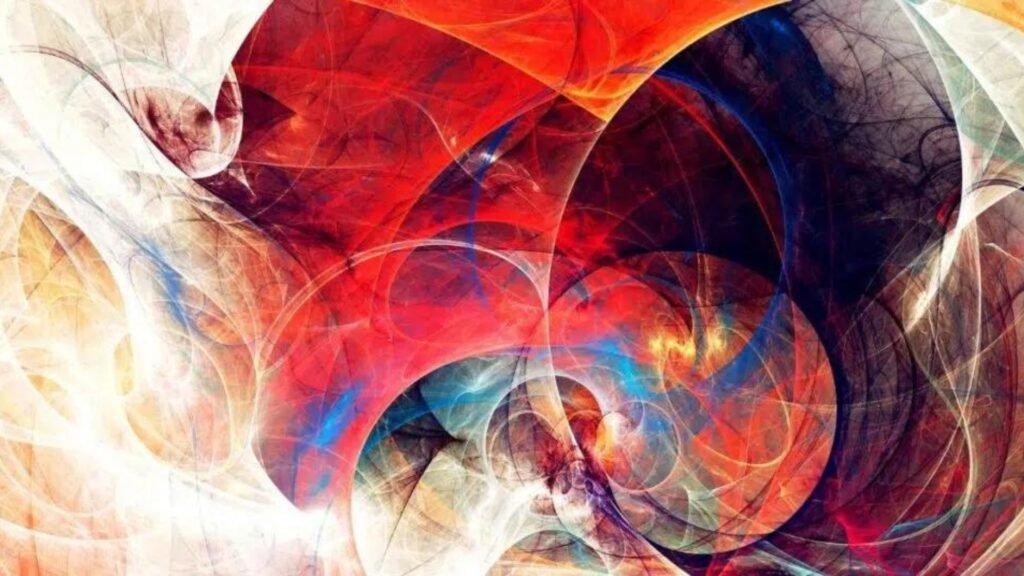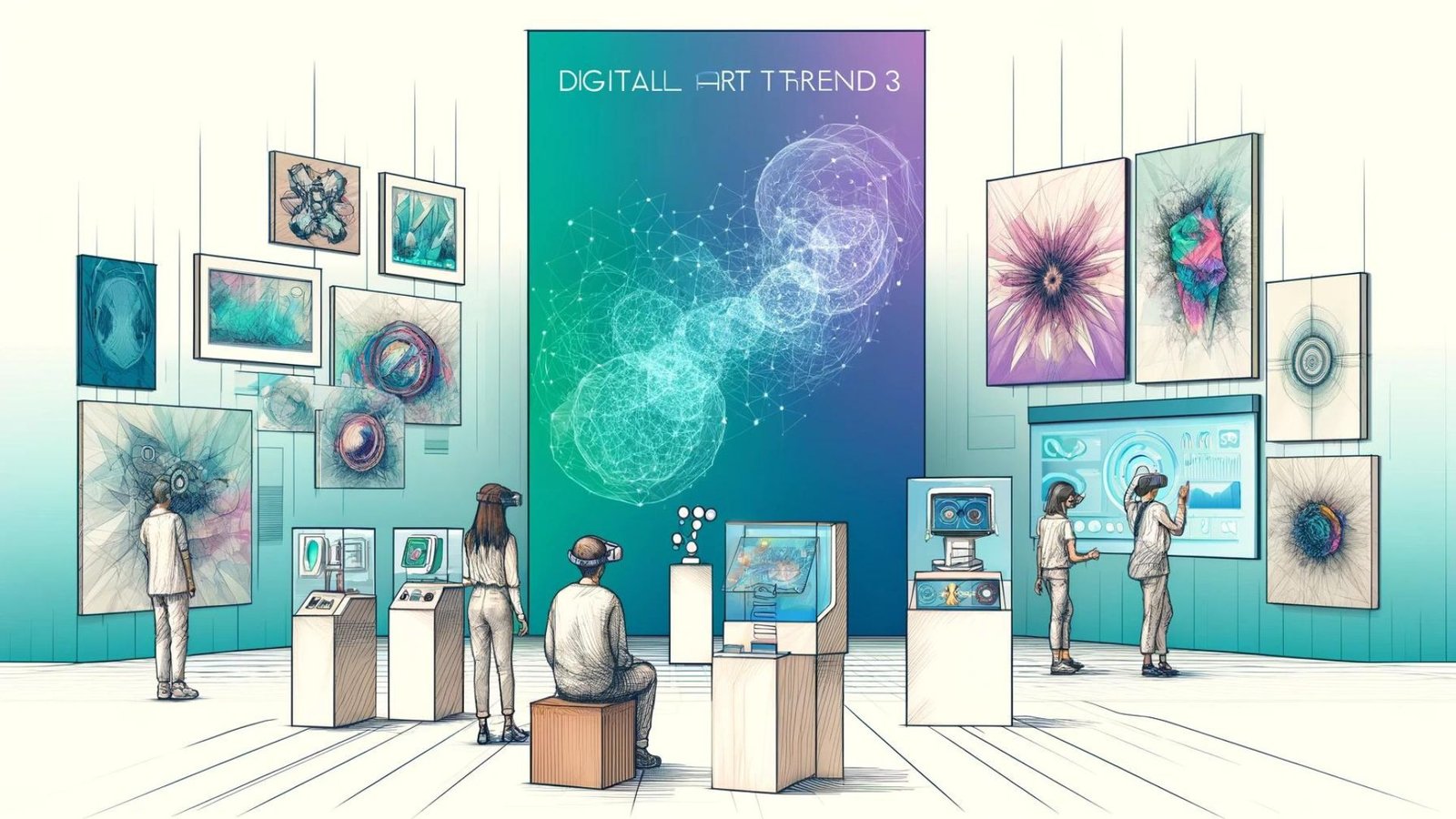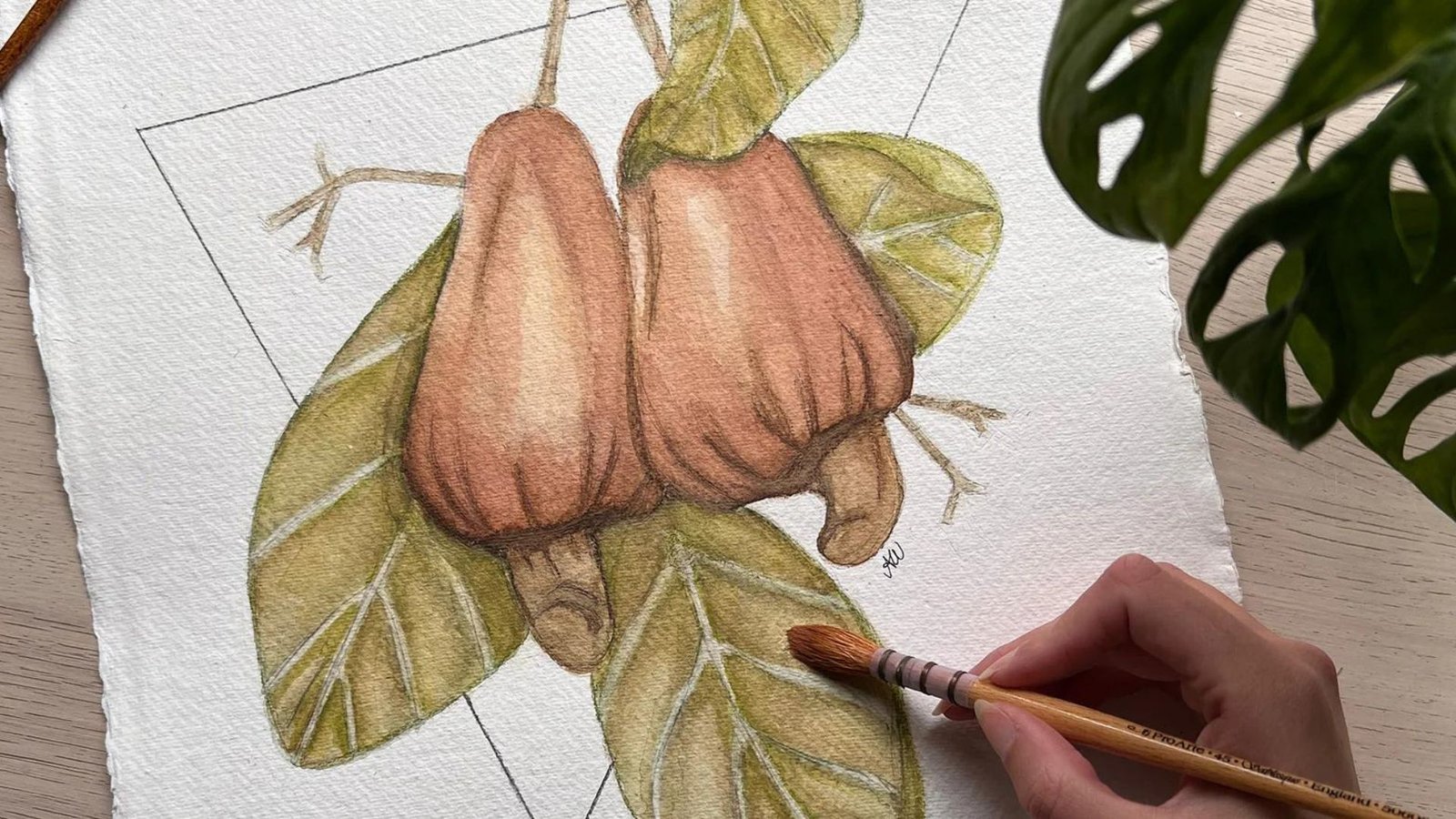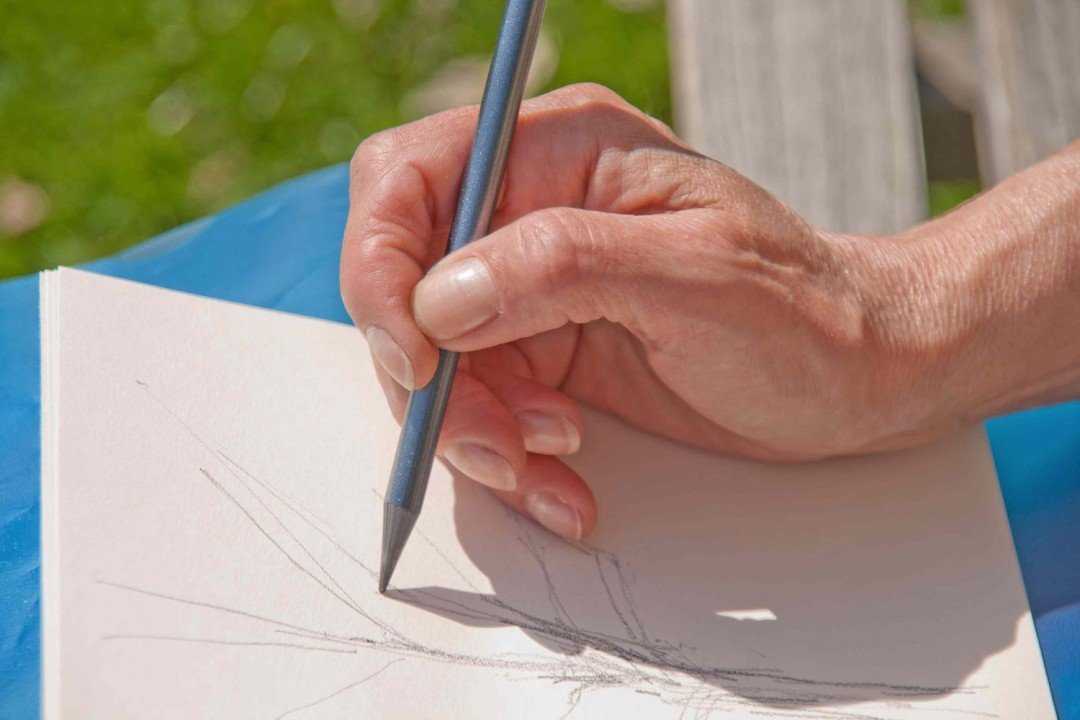Digital art is rapidly evolving, and emerging trends are reshaping how artists create, experience, and share their work. As technology advances, new tools and techniques are opening up exciting possibilities for creativity and expression. In this blog post, we’ll explore some of the most significant emerging trends in digital art and how they are influencing the art world.

AI-Driven Art and Creative Algorithms
One of the most exciting trends in digital art is the use of artificial intelligence (AI) and creative algorithms. AI technologies are now capable of generating artworks based on data, patterns, and user inputs. For example, algorithms can create intricate designs, produce unique visual styles, and even mimic the techniques of famous artists. AI-driven art allows for the exploration of new creative possibilities and offers artists innovative tools to enhance their work. This trend is making art more dynamic and interactive, as AI can adapt and respond to different inputs and preferences.
Interactive and Immersive Installations
Interactive and immersive installations are gaining popularity in the digital art world. These installations use technology to engage viewers in a participatory experience, allowing them to interact with the artwork in real time. For instance, some installations use sensors and motion tracking to alter the visual or auditory elements based on the viewer’s movements. Others incorporate virtual reality (VR) or augmented reality (AR) to create fully immersive environments that transport viewers into new worlds. Interactive art creates a more engaging and personalized experience, inviting audiences to become active participants in the creative process.
Virtual and Augmented Reality Art
Virtual reality (VR) and augmented reality (AR) are transforming how digital art is created and experienced. VR allows artists to build and explore three-dimensional spaces that viewers can enter using VR headsets. These virtual environments can range from fantastical landscapes to abstract worlds, offering a unique way to experience art. AR, on the other hand, overlays digital elements onto the physical world through devices like smartphones or AR glasses. This technology enables artists to add interactive layers or visual effects to real-world settings, blending the digital and physical realms in exciting ways.
Generative Art and Algorithmic Creativity
Generative art, created using algorithms and code, is another growing trend in digital art. This approach involves programming a set of rules or parameters that guide the creation of visual elements. The result is art that evolves and changes based on the input data or algorithms used. Generative art can produce complex patterns, dynamic visuals, and even interactive pieces that respond to user interactions. This trend highlights the potential of code and algorithms as creative tools, expanding the boundaries of traditional art forms.
Digital Art in NFTs and Blockchain
The rise of non-fungible tokens (NFTs) and blockchain technology is significantly impacting the digital art world. NFTs are unique digital assets that represent ownership of a specific piece of digital art, verified through blockchain technology. This trend allows artists to sell their digital works as limited editions or one-of-a-kind pieces, creating new opportunities for monetization and ownership. NFTs also provide a way to track provenance and authenticity, addressing issues related to digital art’s reproducibility and value.
Mixed Media and Cross-Platform Art
Mixed media and cross-platform art are becoming increasingly prevalent in the digital art scene. Artists are combining traditional media with digital tools to create hybrid artworks that span multiple formats and platforms. For example, a piece might start as a physical painting and then be enhanced with digital projections or interactive elements. Similarly, artists are exploring how their work can exist across different platforms, such as online galleries, social media, and physical installations. This trend reflects a growing interest in blending various artistic approaches and mediums to create multifaceted and dynamic experiences.
Sustainable Digital Art Practices
As the art world becomes more aware of environmental issues, sustainable practices are emerging in digital art. Artists are exploring ways to minimize their ecological footprint by using energy-efficient technologies, reducing electronic waste, and incorporating sustainable materials. For example, some digital artists are creating art using low-energy computing methods or promoting digital formats that reduce the need for physical materials. This trend aligns with broader efforts in the art world to adopt more sustainable and eco-friendly practices.
Conclusion
In conclusion, the future of digital art is vibrant and full of potential, driven by emerging trends such as AI-driven creativity, interactive installations, VR and AR experiences, generative art, NFTs, mixed media, and sustainability. These trends are reshaping how art is created, experienced, and shared, offering new opportunities for artists and audiences alike. As technology continues to advance, digital art will likely continue to evolve, pushing the boundaries of creativity and offering exciting new ways to engage with art.




